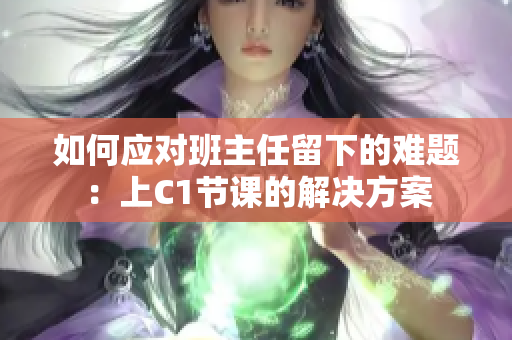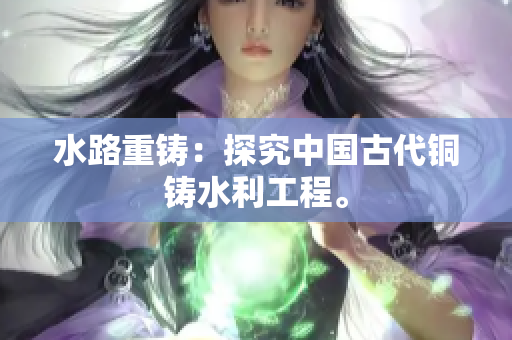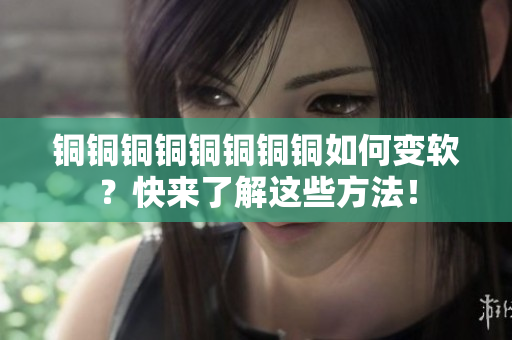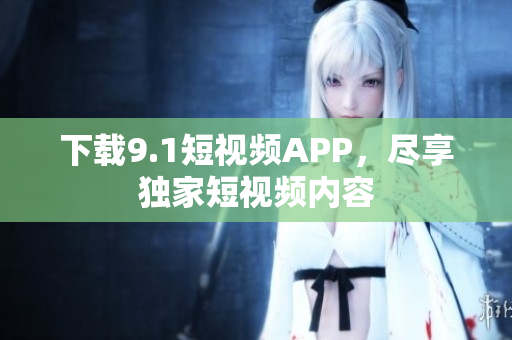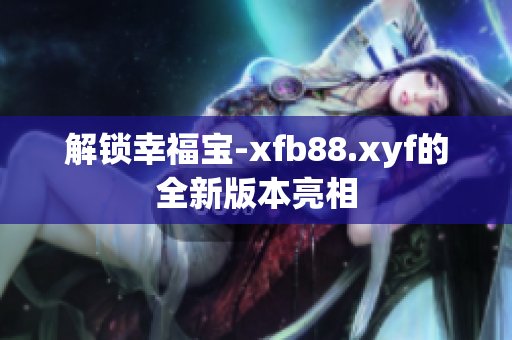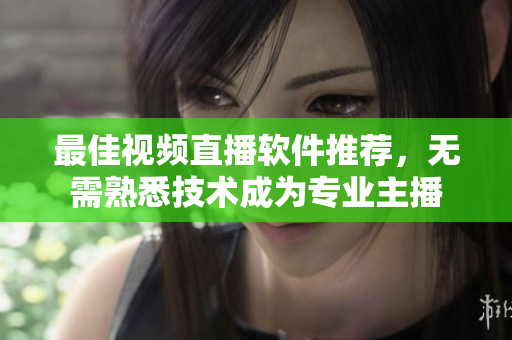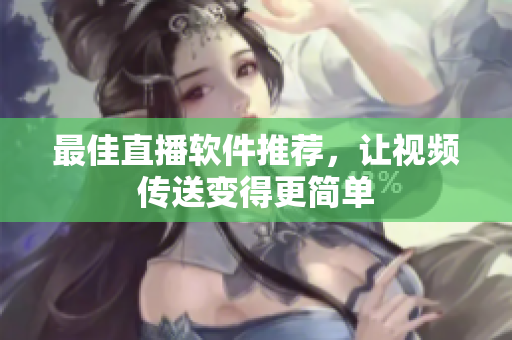Introduction
Art and technology are two key aspects of modern society. While top Western humanistic artworks continue to inspire us, the advent of 5G technology is changing the way we access and experience art. In the meantime, students face various academic and emotional challenges, such as coping with heavy coursework, managing video game addiction, and resolving conflicts within the class. Moreover, some regions in Southeast Asia are facing a shortage of qualified early childhood educators. This essay examines these issues and suggests possible solutions.
Top Western Humanistic Artworks
Western humanistic art has produced timeless masterpieces that continue to captivate audiences worldwide. For example, Michelangelo's Sistine Chapel ceiling in Rome depicts the biblical creation story with incredible detail and energy. The painting "Starry Night" by Vincent Van Gogh, created during his stay in a mental asylum, shows the beauty and turmoil of the night sky in a unique style. Similarly, the sculpture "David" by Gian Lorenzo Bernini in Florence displays the power and perfection of the human form. These works demonstrate the beauty, complexity, and universality of human experience, as well as the potential of art to inspire and transform.
5G Technology and Art Access
The introduction of 5G technology is transforming multiple industries, including art and entertainment. With faster internet connectivity, larger bandwidth, and lower latency, people can access and share artworks in new ways. Museums and galleries can offer virtual tours, interactive exhibits, and personalized content. Artists can create and distribute digital artworks that blend images, sounds, and texts. Audiences can participate in live performances and events from anywhere in the world. However, as art becomes more digital and decentralized, questions of ownership, authenticity, and curation arise. Moreover, some people may lose the opportunity or motivation to visit physical art spaces and appreciate art in its original form.
Academic and Emotional Challenges of Students
Students today face multiple academic and emotional challenges that affect their learning and well-being. One issue is the increasing workload and pressure to excel in exams and assignments. Students may struggle to balance their schoolwork with their interests, hobbies, and social lives, leading to stress, anxiety, and burnout. Another issue is the addiction to video games and other digital distractions, which can interfere with sleep, energy, and motivation. Some students also face bullying, discrimination, or conflict within their class, which can harm their self-esteem, relationships, and sense of safety. Teachers and parents can help students by providing emotional support, constructive feedback, and healthy ways of coping and expressing themselves.
The Debate Over Microtransactions in Video Games
Microtransactions refer to small purchases within video games that enhance or accelerate the players' progress. Some games use this system to generate revenue and offer free content updates. However, critics argue that microtransactions can be addictive, exploitative, and unfair, especially for young and vulnerable players. Some governments and organizations have proposed regulations or bans on microtransactions, while others see them as a legitimate part of the gaming industry. In any case, it is essential for players and parents to be aware of the potential risks and benefits of microtransactions and make informed decisions.
Improving Early Childhood Education in Southeast Asia
Early childhood education is crucial in shaping children's cognitive, social, and emotional development. However, many regions, especially in Southeast Asia, face a shortage of qualified and trained early childhood educators. This shortage results in lower quality education, limited access to learning resources, and unequal opportunities for children, especially those from disadvantaged backgrounds. To address this challenge, governments and organizations can invest in teacher training and certification programs, promote public-private partnerships, and encourage innovation and research in early childhood education. Parents and communities can also play a role in supporting and advocating for quality education for all children.
Conclusion
In conclusion, art and technology are converging in new and exciting ways, offering both opportunities and challenges for creators and audiences. Students face multiple academic and emotional challenges that require support and understanding from their schools and families. The debate over microtransactions in video games highlights the need for responsible and ethical practices in the gaming industry. Finally, improving early childhood education in Southeast Asia is essential for promoting equity and development in the region. By addressing these issues, we can create a more inclusive, innovative, and inspiring society for all.

